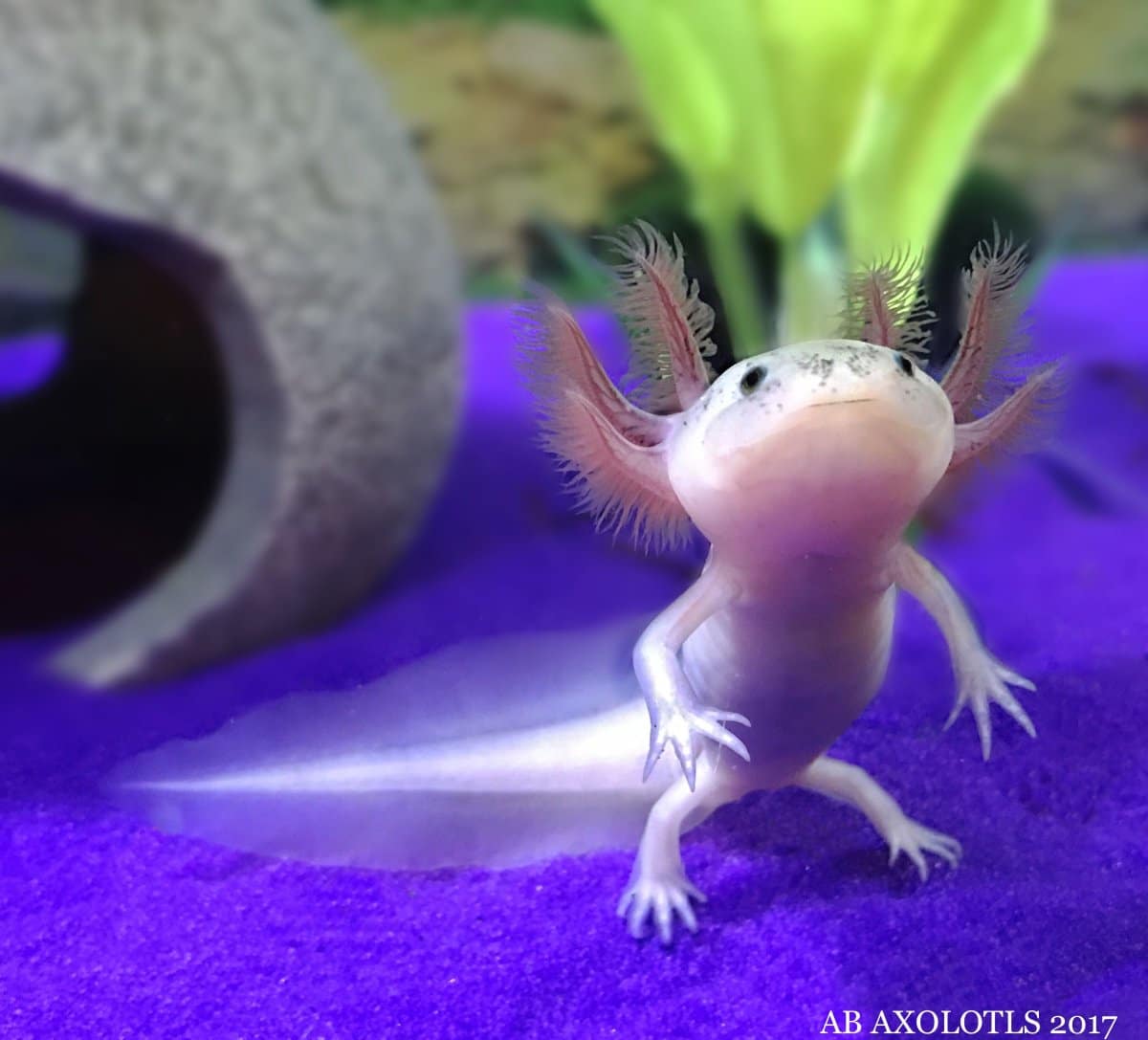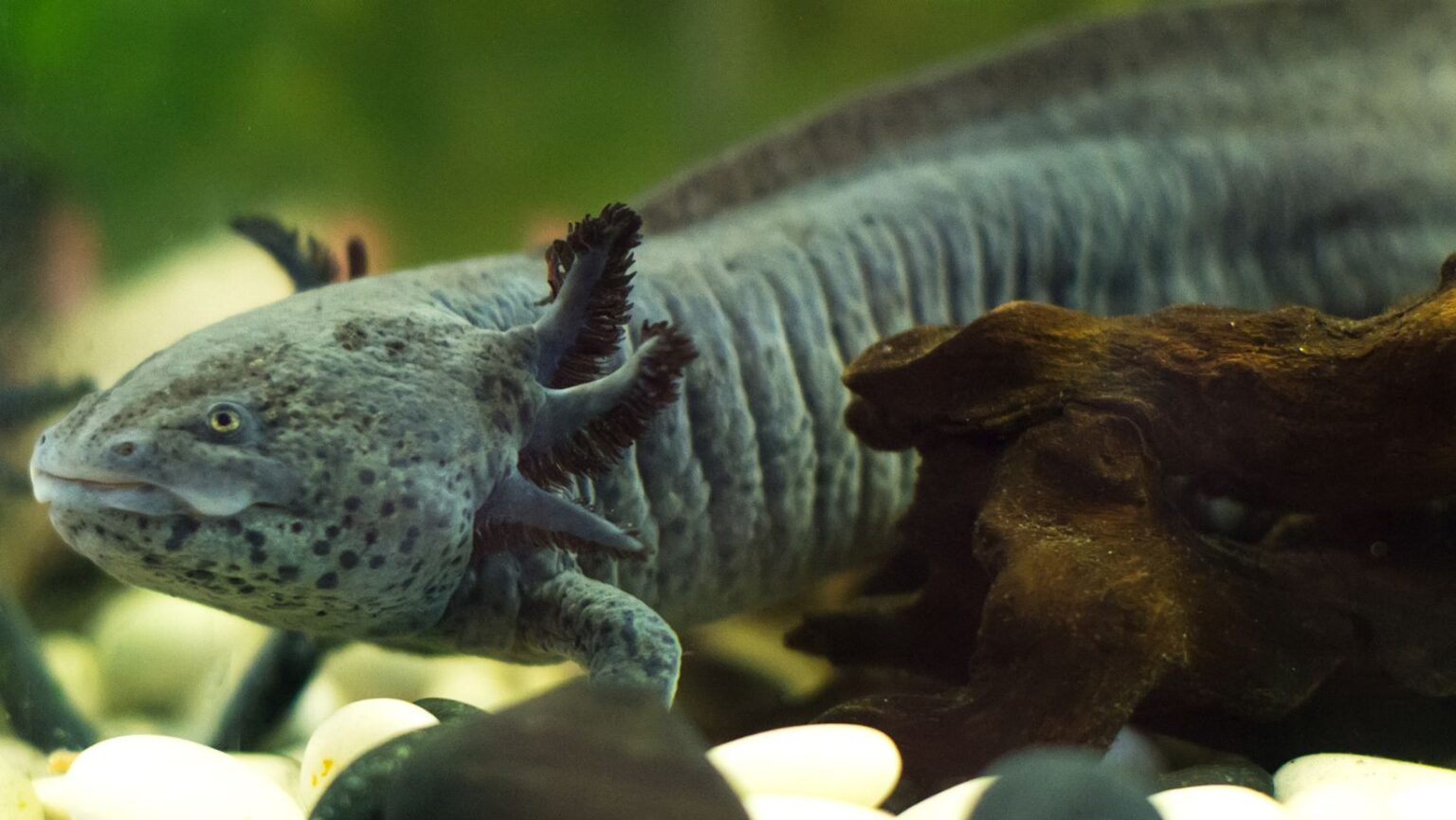How to cycle axolotl tank – Cycling an axolotl tank is a crucial process that ensures the health and well-being of these fascinating creatures. This guide will provide you with a comprehensive understanding of the nitrogen cycle, the steps involved in cycling an axolotl tank, and essential tank maintenance practices to create a thriving environment for your aquatic pet.
Understanding the nitrogen cycle and its role in maintaining water quality is fundamental to successful axolotl keeping. Cycling involves establishing beneficial bacteria colonies that convert toxic ammonia and nitrite into less harmful nitrate, creating a balanced ecosystem within the tank.
Tank Requirements
An axolotl tank should meet specific requirements to provide an optimal living environment for these fascinating creatures. The tank size, water parameters, and essential equipment play a crucial role in ensuring their well-being and longevity.
Tank Size
Axolotls are relatively large amphibians that require ample space to swim, explore, and hide. The minimum recommended tank size for a single axolotl is 20 gallons (75 liters), and an additional 10 gallons (38 liters) should be added for each additional axolotl.
Water Parameters
Axolotls have specific water parameter requirements that must be maintained to ensure their health and prevent stress. These parameters include:
- Temperature:Axolotls are cold-water creatures and thrive in temperatures between 59-64°F (15-18°C). Temperatures above 75°F (24°C) can be fatal to axolotls.
- pH:The ideal pH range for axolotls is between 6.5-8.0. pH levels below 6.0 or above 8.5 can cause health problems.
- Hardness:Axolotls prefer soft to moderately hard water, with a hardness range of 50-200 ppm (parts per million).
Essential Equipment
To maintain optimal water quality and provide a healthy environment for axolotls, the following equipment is essential:
- Filter:A powerful filter is crucial for removing waste and debris from the water. A canister filter or a hang-on-back filter with a flow rate of at least 10 times the tank volume is recommended.
- Heater:Since axolotls are cold-water creatures, a heater is not typically necessary. However, if the room temperature drops below 59°F (15°C), a heater may be required to maintain the appropriate water temperature.
- Thermometer:A thermometer is essential for monitoring the water temperature and ensuring it stays within the optimal range for axolotls.
Cycling the Tank

Cycling an axolotl tank is a crucial process that establishes a healthy environment for your pet. It involves the development of beneficial bacteria that break down harmful nitrogenous waste, creating a safe and stable habitat.
Nitrogen Cycle
The nitrogen cycle is a biological process that converts toxic ammonia and nitrite into less harmful nitrate. Beneficial bacteria, such as Nitrosomonasand Nitrobacter, play a vital role in this cycle:
- Nitrosomonas: Converts ammonia (NH3) into nitrite (NO2-)
- Nitrobacter: Converts nitrite (NO2-) into nitrate (NO3-)
Nitrate is relatively harmless to axolotls and can be removed through water changes.
Cycling Steps
Cycling an axolotl tank typically takes 4-8 weeks:
- Add a source of ammonia:This can be pure ammonia (follow instructions carefully) or fish food (avoid overfeeding).
- Monitor ammonia and nitrite levels:Use test kits to measure levels daily. Ammonia and nitrite should spike initially and then gradually decrease.
- Monitor nitrate levels:Nitrate should start to rise as the cycle progresses.
- Wait for zero ammonia and nitrite:The cycle is complete when ammonia and nitrite levels reach zero and nitrate levels are stable.
- Use a filter to circulate water and provide a surface for bacteria to grow.
- Avoid overfeeding or overstocking the tank.
- Test water parameters regularly, especially during the initial cycling process.
- Be patient, as cycling takes time to establish.
- Check the filter and clean or replace it if necessary.
- Perform water changes to remove excess debris.
- Add live plants to help consume nitrates and provide oxygen.
- Overfeeding
- Insufficient water changes
- Dead or decaying matter in the tank
- Perform water changes to dilute the ammonia concentration.
- Increase the frequency of water changes.
- Add beneficial bacteria to the tank.
- Perform regular water changes (25-50% weekly).
- Monitor water parameters (ammonia, nitrite, nitrate, pH) regularly.
- Keep the tank clean and free of debris.
- Quarantine new axolotls before adding them to the main tank.
- Avoid overfeeding and remove uneaten food promptly.
Tips
Tank Maintenance: How To Cycle Axolotl Tank
Maintaining a healthy axolotl tank requires regular cleaning and maintenance to ensure the water quality and overall well-being of your pet. This includes performing water changes, cleaning the filter and substrate, and maintaining decorations and plants.
If your heat pump is experiencing short cycling, it’s crucial to identify the issue promptly to prevent damage and energy waste. Signs of short cycling include frequent on-and-off cycles, uneven temperatures, and higher energy bills. Read more about identifying short cycling in heat pumps.
Water Changes
Regular water changes are crucial for removing waste products, excess food, and other contaminants that can accumulate in the tank. The frequency of water changes depends on the size of the tank, the number of axolotls, and the efficiency of the filtration system.
As a general rule, 20-30% of the tank water should be changed every 1-2 weeks. When performing a water change, use dechlorinated water that is the same temperature as the tank water.
Addressing short cycling in heat pumps is essential for efficient operation. Troubleshooting the issue can involve checking the thermostat settings, cleaning the coils, and inspecting the refrigerant levels. If the problem persists, it’s advisable to explore additional solutions such as replacing the reversing valve or compressor.
Cleaning the Filter and Substrate
The filter is responsible for removing solid waste and debris from the water. It should be cleaned every 2-4 weeks, or more often if it becomes clogged. To clean the filter, remove it from the tank and rinse it with clean water.
Do not use soap or detergents, as these can damage the beneficial bacteria that live in the filter.The substrate, whether it is gravel, sand, or bare-bottom, also needs to be cleaned regularly to remove waste and debris. This can be done by vacuuming the substrate with a gravel vacuum or by gently stirring it up and siphoning off the dirty water.
Cleaning Decorations and Plants
Decorations and plants can provide enrichment for your axolotl, but they can also harbor bacteria and algae. Decorations should be cleaned regularly with hot water and a mild soap solution. Plants can be cleaned by gently wiping them down with a soft cloth or by dipping them in a mild bleach solution (1 part bleach to 10 parts water).
Be sure to rinse the plants thoroughly before returning them to the tank.
Troubleshooting Tank Issues

Maintaining a healthy axolotl tank requires regular monitoring and troubleshooting to ensure optimal water quality and prevent health problems. Here are some common issues that may arise in axolotl tanks, along with their potential causes and solutions:
Cloudy Water, How to cycle axolotl tank
Cloudy water can indicate the presence of bacteria, algae, or debris. To address this issue:
Ammonia Spikes
Ammonia spikes can be toxic to axolotls and should be addressed promptly. Potential causes include:
To resolve ammonia spikes:
Tips for Preventing Tank Problems
To maintain a healthy environment for axolotls, it is crucial to prevent tank problems from occurring in the first place. Here are some tips:
Final Conclusion

By following the steps Artikeld in this guide, you can successfully cycle your axolotl tank and provide your pet with a healthy and thriving habitat. Remember to monitor water parameters regularly, perform regular maintenance, and troubleshoot any issues promptly to ensure the long-term well-being of your axolotl.
FAQs
How often should I change the water in my axolotl tank?
Partial water changes of 20-25% should be performed weekly to remove waste and maintain water quality.
What is the ideal temperature range for an axolotl tank?
Axolotls prefer water temperatures between 55-65°F (12-18°C).
What are the signs of ammonia or nitrite spikes in an axolotl tank?
Lethargy, loss of appetite, and increased mucus production can indicate elevated ammonia or nitrite levels.
